Related Research Articles

Glenn Theodore Seaborg was an American chemist whose involvement in the synthesis, discovery and investigation of ten transuranium elements earned him a share of the 1951 Nobel Prize in Chemistry. His work in this area also led to his development of the actinide concept and the arrangement of the actinide series in the periodic table of the elements.
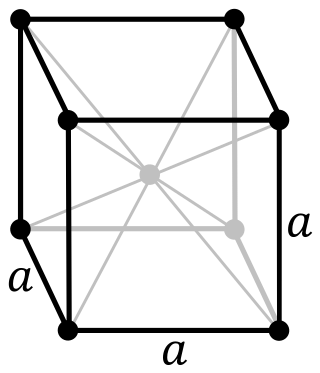
Seaborgium is a synthetic chemical element; it has symbol Sg and atomic number 106. It is named after the American nuclear chemist Glenn T. Seaborg. As a synthetic element, it can be created in a laboratory but is not found in nature. It is also radioactive; the most stable known isotope, 269Sg, has a half-life of approximately 14 minutes.
The transuranium elements are the chemical elements with atomic numbers greater than 92, which is the atomic number of uranium. All of them are radioactively unstable and decay into other elements. With the exception of neptunium and plutonium which have been found in trace amounts in nature, none occur naturally on Earth and they are synthetic.
Lawrence Livermore National Laboratory (LLNL) is a federally funded research and development center in Livermore, California, United States. Originally established in 1952, the laboratory now is sponsored by the United States Department of Energy and administered privately by Lawrence Livermore National Security, LLC.

Albert Ghiorso was an American nuclear scientist and co-discoverer of a record 12 chemical elements on the periodic table. His research career spanned six decades, from the early 1940s to the late 1990s.
This timeline of nuclear fusion is an incomplete chronological summary of significant events in the study and use of nuclear fusion.
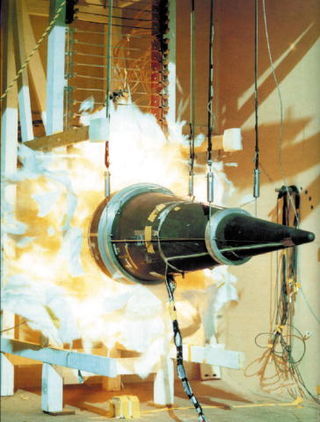
Stockpile stewardship refers to the United States program of reliability testing and maintenance of its nuclear weapons without the use of nuclear testing.
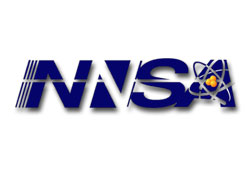
The Advanced Simulation and Computing Program (ASC) is a super-computing program run by the National Nuclear Security Administration, in order to simulate, test, and maintain the United States nuclear stockpile. The program was created in 1995 in order to support the Stockpile Stewardship Program. The goal of the initiative is to extend the lifetime of the current aging stockpile.

Michael Anastasio led two national science laboratories during a time of transition. He was the director of the Los Alamos National Laboratory and president of the Los Alamos National Security LLC, the company that operates the laboratory. He is the former director of Lawrence Livermore National Laboratory (LLNL). The University of California Board of Regents appointed Michael R. Anastasio the director of LLNL on June 4, 2002. He started on July 1, 2002. In 2005 he became the president of the Los Alamos National Security LLC, and became the director of the Los Alamos National Laboratory on June 1, 2006. During his directorship at Lawrence Livermore, the laboratory won 25 R&D 100 Awards and maintained its world-class leadership position in high-performance computing and its application to global climate modeling.

Curtis Bruce Tarter is an American theoretical physicist. He was the director of the Lawrence Livermore National Laboratory from 1994-2002. As director emeritus he recently published the first comprehensive history of the laboratory.

The W84 is an American thermonuclear warhead initially designed for use on the BGM-109G Gryphon Ground Launched Cruise Missile (GLCM).
The Reliable Replacement Warhead (RRW) was a proposed new American nuclear warhead design and bomb family that was intended to be simple, reliable and to provide a long-lasting, low-maintenance future nuclear force for the United States. Initiated by the United States Congress in 2004, it became a centerpiece of the plans of the National Nuclear Security Administration (NNSA) to remake the nuclear weapons complex.

Darleane Christian Hoffman is an American nuclear chemist who was among the researchers who confirmed the existence of seaborgium, element 106. She is a faculty senior scientist in the Nuclear Science Division of Lawrence Berkeley National Laboratory and a professor in the graduate school at UC Berkeley. In acknowledgment of her many achievements, Discover magazine recognized her in 2002 as one of the 50 most important women in science.
The National Nuclear Security Administration (NNSA) is a United States federal agency responsible for safeguarding national security through the military application of nuclear science. NNSA maintains and enhances the safety, security, and effectiveness of the U.S. nuclear weapons stockpile; works to reduce the global danger from weapons of mass destruction; provides the United States Navy with safe and effective nuclear propulsion; and responds to nuclear and radiological emergencies in the United States and abroad.
Richard Freeman Post was an American physicist notable for his work in nuclear fusion, plasma physics, magnetic mirrors, magnetic levitation, magnetic bearing design and direct energy conversion.

Area 27 is a division of the Nevada National Security Site. It occupies approximately 49 square miles (130 km2) in the south-central portion of the NNSS. A portion of Area 27 was originally known as Area 410.
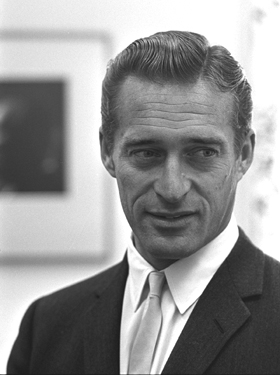
John Stuart Foster Jr. is an American physicist, best known as the fourth director of Lawrence Livermore National Laboratory and as Director, Defense Research and Engineering under four Secretaries of Defense and two Presidents.
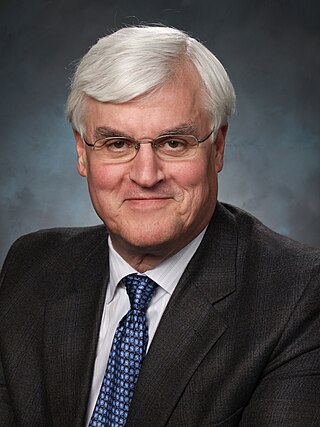
Penrose "Parney" C. Albright is an American physicist known for his work with the U.S. Government, think tanks and National Laboratories, and government contractors. Since November 1, 2014, he has been the president and CEO of HRL Laboratories, a research firm jointly owned by Boeing and General Motors. Until December 2013 he served as the director of Lawrence Livermore National Laboratory, and, in 2014, he served as a senior advisor in the Office of the Director of National Intelligence.

Following the success of Operation Grapple in which the United Kingdom became the third nation to acquire thermonuclear weapons after the United States and the Soviet Union, Britain launched negotiations with the US on a treaty under in which both could share information and material to design, test and maintain their nuclear weapons. This effort culminated in the 1958 US–UK Mutual Defence Agreement. One of the results of that treaty was that Britain was allowed to use United States' Nevada Test Site for testing their designs and ideas, and received full support from the personnel there, in exchange for the data "take" from the experiment, a mutual condition. In effect the Nevada Test Site became Britain's test ground, subject only to advance planning and integrating their testing into that of the United States. This resulted in 24 underground tests at the Nevada Test Site from 1958 through the end of nuclear testing in the US in September 1992.

Andrea Lynn "Annie" Kritcher is an American nuclear engineer and physicist who works at the Lawrence Livermore National Laboratory. She was responsible for the development of Hybrid-E, a capsule that enables inertial confinement fusion. She was elected Fellow of the American Physical Society in 2022.
References
- ↑ Alonso, Carol Travis; Grodzins, Lee (1972-03-01). "Theoretical Aspects of Quadrupole Perturbations of Time-Integrated Angular Correlations". Physical Review C. 5 (3): 728–738. Bibcode:1972PhRvC...5..728A. doi:10.1103/PhysRevC.5.728.
- 1 2 "Alumni/ae Notes" (PDF). MIT. 2016. Retrieved 2018-09-11.
- ↑ "Poem of the Month". Blazing Lantern Book Publishing. Retrieved 2018-09-11.
- ↑ "Actinide Research Quarterly" (PDF). LLNL. 2009. Retrieved 2018-09-11.
- ↑ Albert, Ghiorso; C, Hoffman Darleane; T, Seaborg Glenn (2000-01-21). The Transuranium People: The Inside Story. World Scientific. ISBN 9781783262441.
- ↑ Istvan, Hargittai; Magdolna, Hargittai (2003-03-21). Candid Science Iii: More Conversations With Famous Chemists. World Scientific. ISBN 9781783261116.